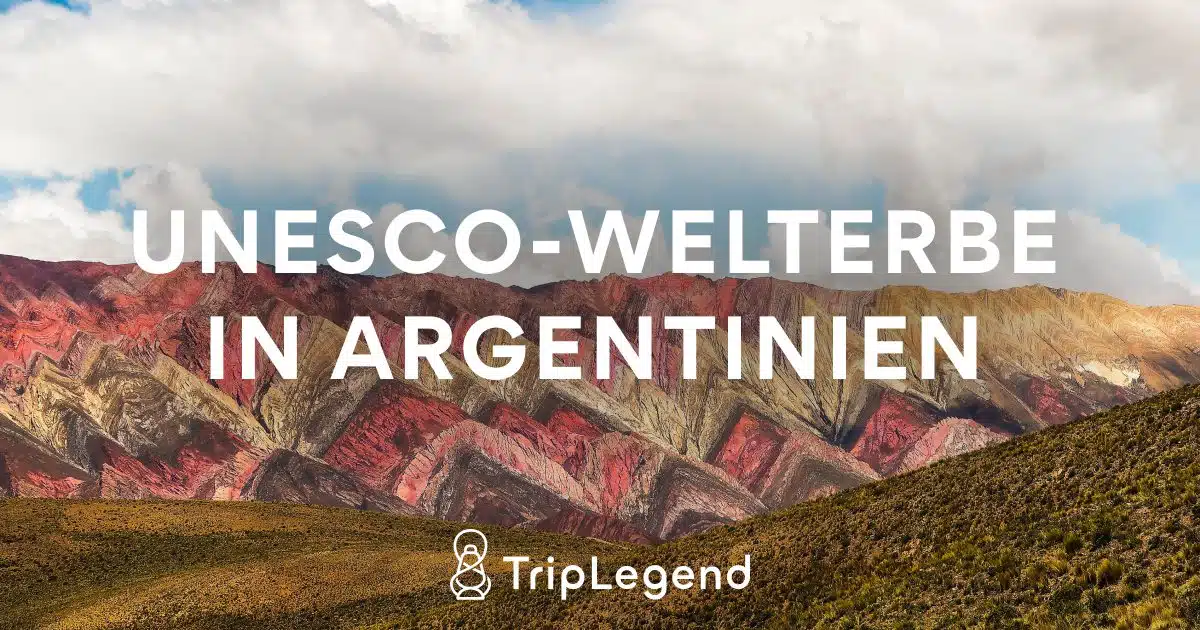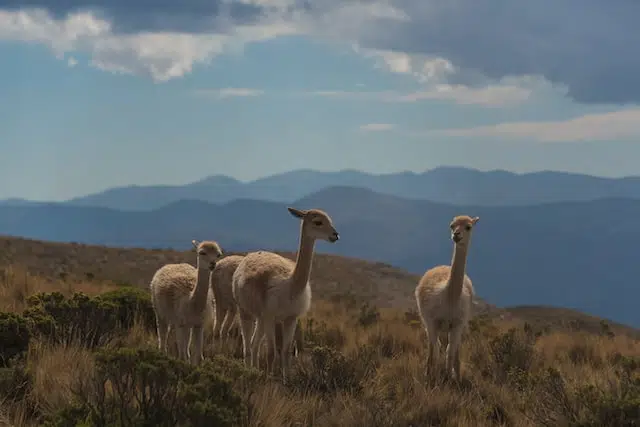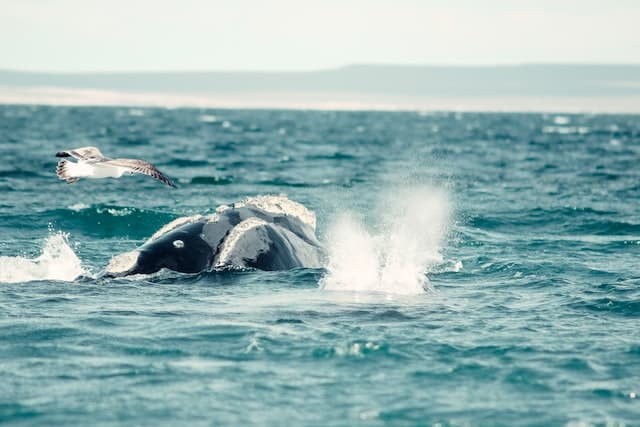Argentina is home to eleven UNESCO World Heritage Sites. Five of them are natural heritage sites and the remaining six are cultural heritage sites. Three sites are shared with other countries, making them transboundary World Heritage Sites.
Los Glaciares National Park
The first entry in the UNESCO World Heritage was Los Glaciares National Park in 1981. The natural site is an area of outstanding natural beauty. The landscape is marked by rugged, towering mountains and numerous glacial lakes, among which is the 160-kilometer-long Lago Argentino. Despite the name, which focuses on the fascinating glaciers, there is a diversity of landscapes in the national park. This includes a large altitude difference of more than 3000 meters and very diverse ecosystems.
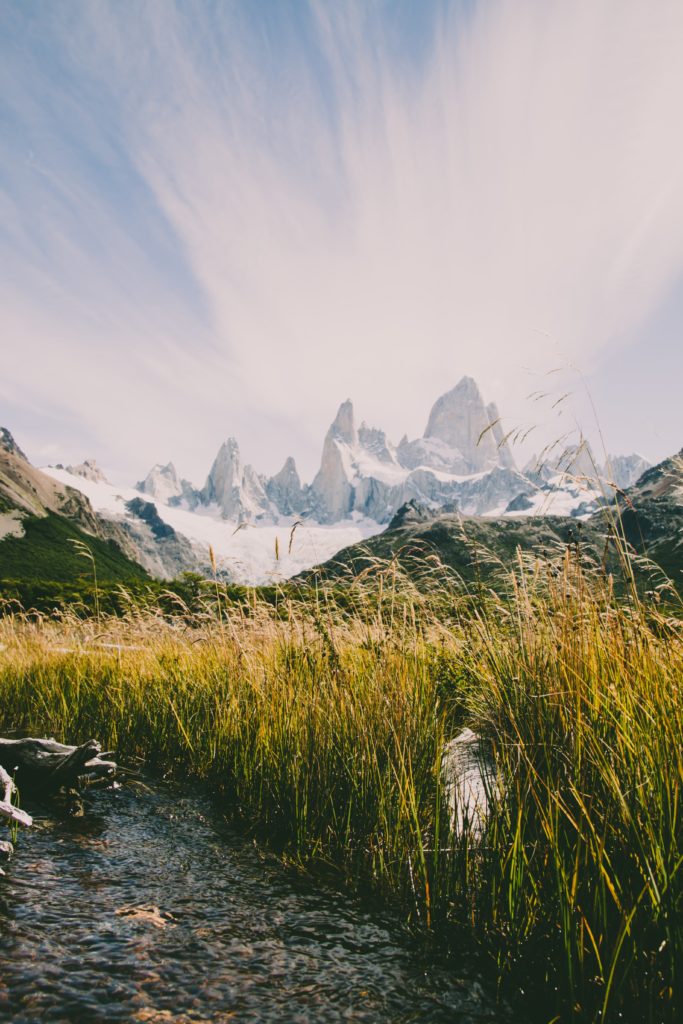
Guaraní Jesuit Missions
Since 1984, the Jesuit Missions of the Guaraní: San Ignacio Mini, Santa Ana, Nuestra Señora de Loreto and Santa Maria Mayor in Argentina and Ruins of Sao Miguel das Missoes in Brazil are part of the UNESCO World Heritage Site, forming a transnational heritage.
The Jesuit missions in Argentina are located in the heart of a tropical forest and were settlements created by the Jesuits for the Guaraní people. The goal of these settlements was, in the first place, the Christian missionaryization of the people.
Iguazú National Park
In the same year as the Jesuit missions, the Iguazú National Park was included in the UNESCO World Heritage List. It is home to one of the largest and most spectacular waterfalls in the world. Together with adjacent protected areas and national parks, Iguazú National Park forms the largest single protected remnant of the Paranaense subtropical rainforest. The rich biodiversity includes 2000 species of plants, 400 species of birds and approximately 80 species of mammals such as jaguars, ocelots and giant anteaters.
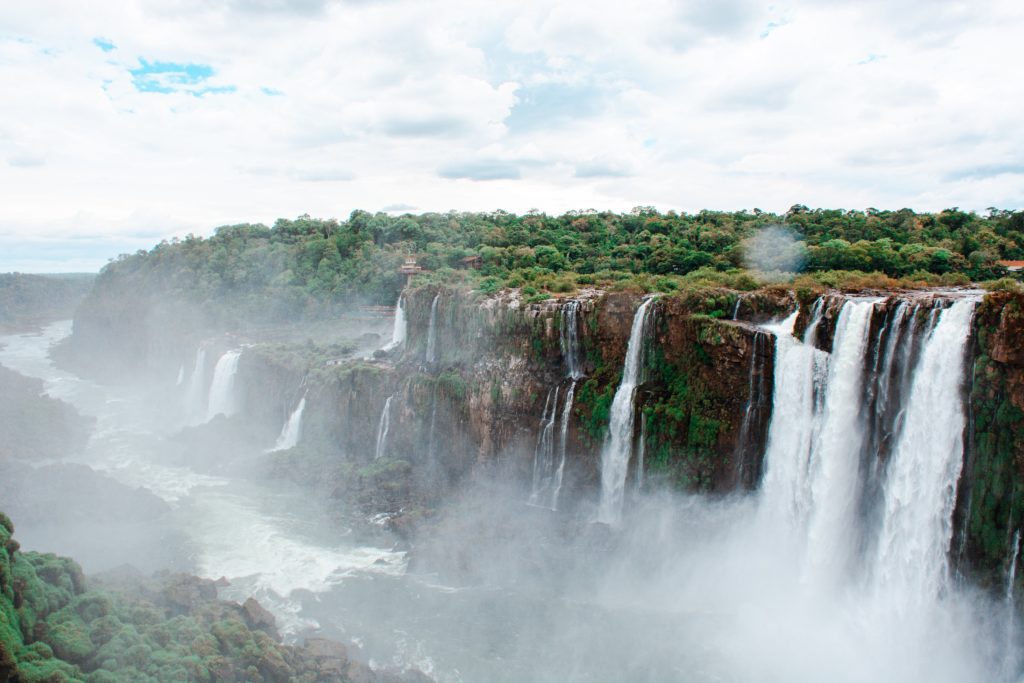
Cueva de las Manos, Río Pinturas
In 1999, the Cueva de las Manos in Río Pinturas became a part of the UNESCO World Heritage Site. It contains a collection of cave art dating from 13,000 to 9,500 years ago. The name (Cave of the Hands) derives from the stenciled outlines of human hands, but there are also other representations such as of animals or hunting scenes. The people responsible for the murals may have been the ancestors of Patagonia's historic hunter-gatherer communities.
Valdés Peninsula
The Valdés Peninsula, of global importance for the protection of marine mammals, has been a part of the UNESCO World Natural Heritage since 1999. It is an important breeding, calving and nursery area for the endangered southern right whale, orca or southern elephant seal. The landscape is dominated by the Patagonian desert steppe and is home to a diverse flora and fauna.
Nature Parks Ischigualasto / Talampaya
These two contiguous parks, covering 275,300 hectares in the desert region on the western border of the Sierra Pampeanas in central Argentina, have been part of the UNESCO World Natural Heritage since 2000. Together they contain the most complete continental fossil record from the Triassic period (245-208 million years ago). Six geological formations in the parks contain fossils of a variety of ancestral mammals, dinosaurs and plants, revealing the evolution of vertebrates and the nature of paleoenvironments in the Triassic period.
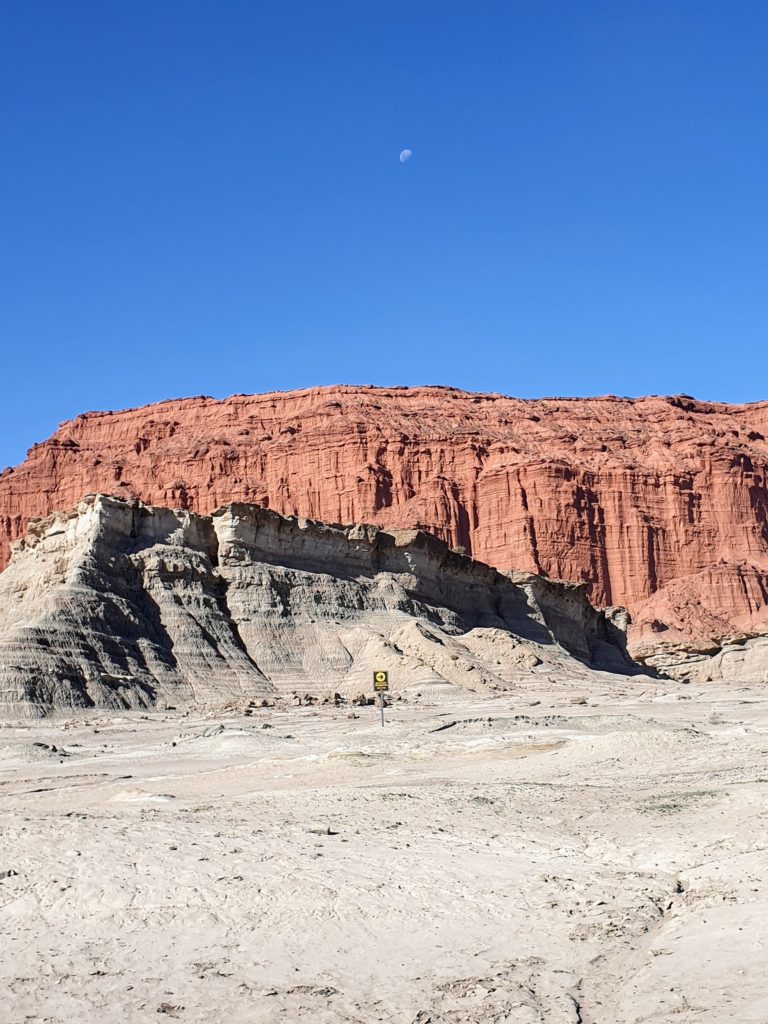
Jesuit Block and Estancias of Córdoba
The Jesuit Block with the five estancias in Córdoba were included in the UNESCO World Heritage List in 2000. The block contains the core buildings of the Jesuit system: the church, the university, the college and the residence of the Society of Jesus. Together with the estancias, they illustrate the unique religious, social and economic experiment that was carried out throughout the world over a period of 150 years in the 17th and 18th centuries.
Quebrada de Humahuaca
In 2003, the Quebrada de Humahuaca became a part of the UNESCO World Heritage Site. The Quebrada de Humahuaca is a gorge near the capital of the Argentine province of Jujuy. It is a representative example of the southern Andean valleys, with its system of transportation routes and economic, social and cultural links. The valley shows evidence of its use as an important trade route in the last 10,000 years. It also shows visible traces of prehistoric hunter-gatherer communities, the Inca Empire, and the struggle for independence in the 19th and 20th centuries.
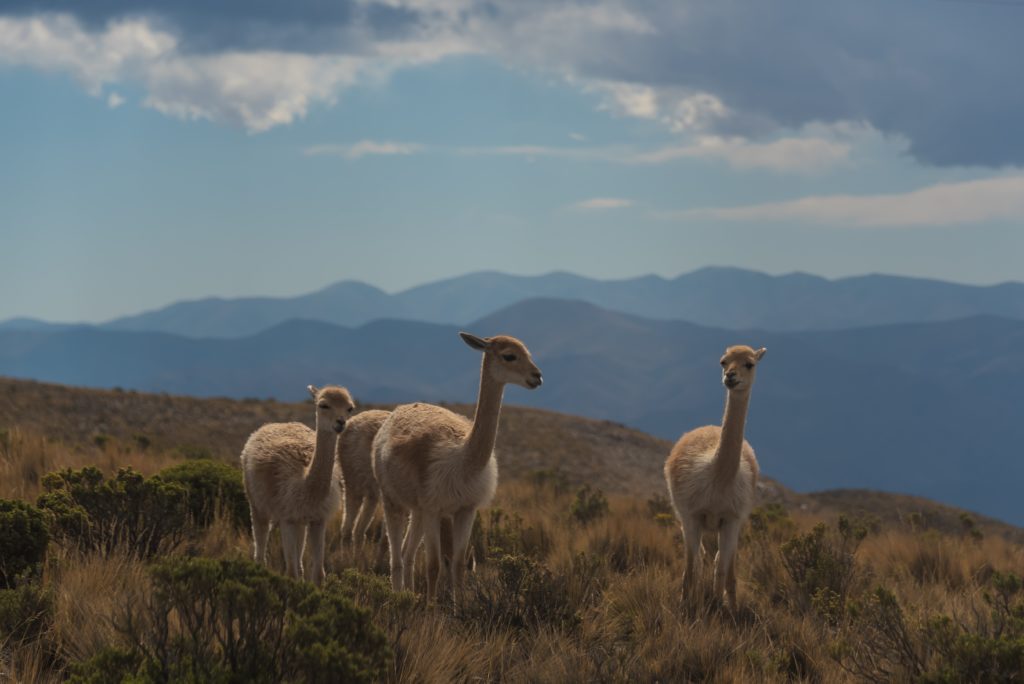
Qhapaq Ñan - Andes road system
The road system is often compared with the Silk Road in Asia. It served as the Inca's connecting road to the north and south. It runs through six different countries, including Argentina and Peru. So with this is a transboundary world heritage site. The road, which is over 6,000 kilometers long, has been a UNESCO World Heritage Site since 2014.
The architectural work of Le Corbusier
In 2016, 17 buildings by the architect Le Corbusier were added to the UNESCO World Heritage List. With the Casa Curutchet in La Plata, one of the buildings is located in the South American country. The remaining sites are located in Germany, Japan, India, France, Switzerland and Belgium. The buildings bear witness to the invention of a new architectural language.
Los Alerces National Park
The last UNESCO World Heritage Site to date became a part of the list in 2017. The landscape of Los Alerces National Park was formed by the numerous glaciations. Nature is dominated by dense forests. A characteristic feature is the alerce forest. The Alerce tree is globally threatened and is the second longest living tree species in the world (it can live over 3,600 years).
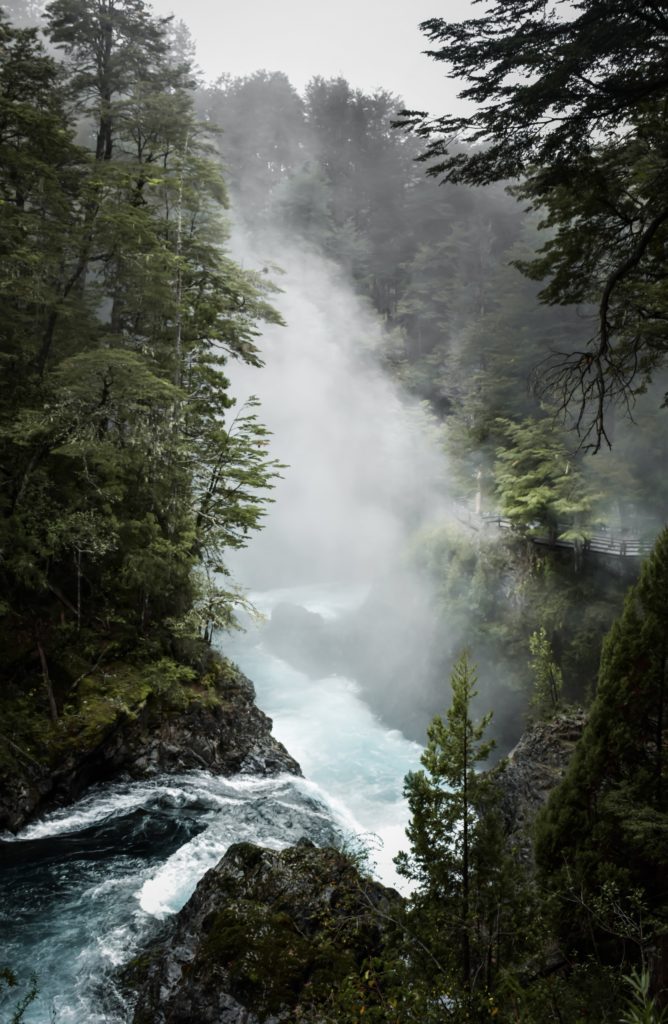
Do you feel like exploring Argentina now? Then check out our Patagonia and Argentina round trip and let yourself be enchanted by the beauty of the country.
For more inspiration for your travels follow us on Instagram and browse through our TripLegend Magazine.
